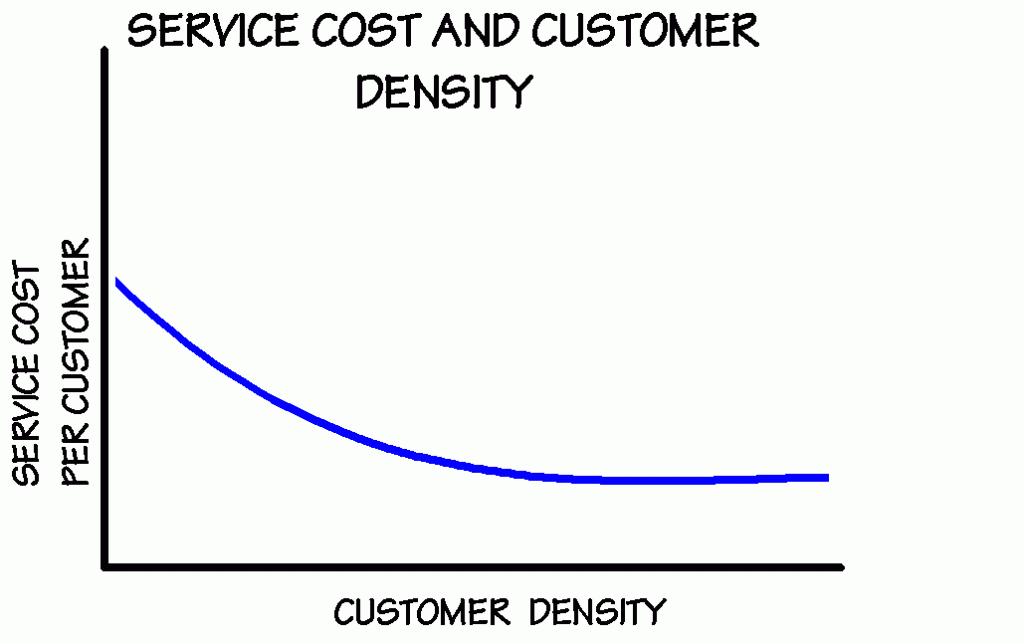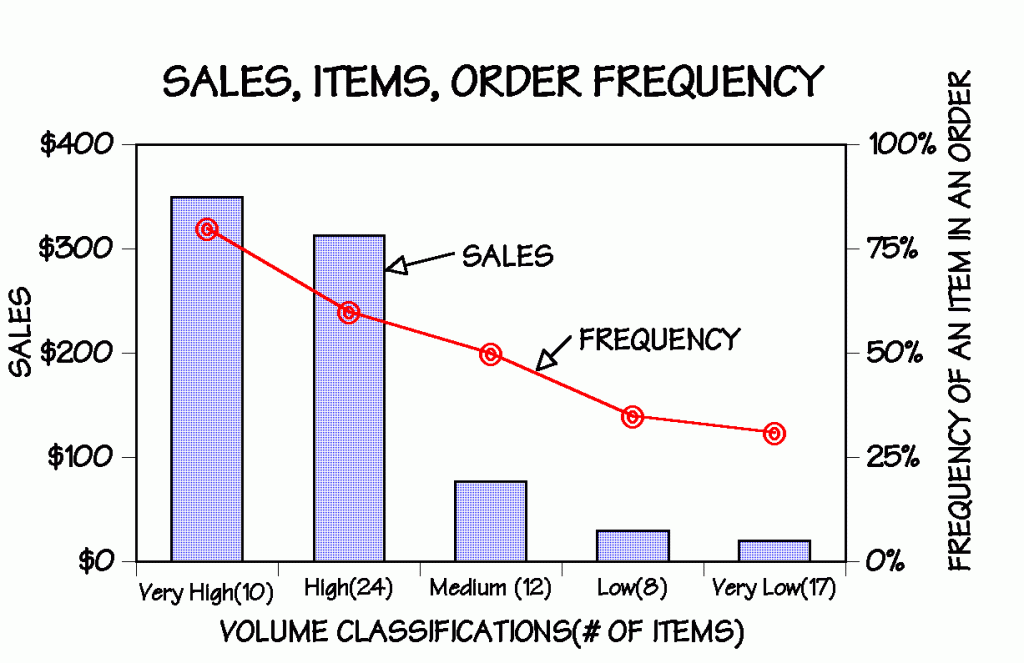
ARTICLES
The E-Marketplace Investment: Avoiding a $15 Million Mistake
How High Tech Firms Find Replacement Technology
Avoiding the New Economy Backlash
One-to-One Pricing in the New Economy
The Erosion of Comparative Advantage (Part I)
The Erosion of Comparative Advantage (Part II)
Linking Strategy to What Customers Value
Organizing Corporate Development Activities of Acquisitions and Ventures
Linking Strategy to What Customers Value
Like most business executives you’ve been tailoring your marketing mix to customer needs. That’s the first rule of both industrial and consumer marketing. But by figuring out what customers actually value and buy, you can also take the first step in creating strategies that lead to superior profitability.
Value is measured differently in every business. And no, in spite of what the gurus of popular business literature say, it’s not simple and it’s not just quality. Blanket customer first strategies mask the subtle differences among customers and the trade-offs they make when they purchase. And it’s these differences that often provide the essential clues in the search for the key sources of comparative advantage.
Intangible Values
Customers purchase products and services for what they do, the utility or value they provide, not what they are. In many businesses, competitors provide products, essentially similar in quality, function, and price. So, often it’s uncovering the peripheral and intangible values that will direct you to a winning strategy.
For example, in one business we’ve studied, restaurant owners bought commercial dishwashing chemicals by trading off function-how well they washed dishes-with economy. Companies offered similar products, pushing cleaning power and price. One company, recognizing that customers feared dishwasher breakdowns during peak hours, successfully tied instantaneous equipment service to the sales and supply of dishwashing chemicals.
Understanding what customers valued was the first step. Meeting values at a reasonable cost was the challenge.
The company focused on concentrating customers geographically rather than just pursuing volume. It achieved superior economics in providing timely enhanced service. No other competitor could economically match the service now attached to chemical sales (Fig. 1).

Who’s the Customer?
In some cases, customers may not be able to characterize the relative importance of values, especially when the buyer is not the user. For years, printer manufacturers focused on cost per page of output, leading them to offer high output devices for large pools of people and to ignore user convenience. One company found that the most powerful value package was to provide lower output devices at lower cost but dedicated to individual workstations.
Another example of sellers ignoring users: an overnight delivery company offered a lower price to corporate customers, but the higher priced competitor’s greater willingness to accommodate infrequent but significantly higher service requirements for users kept the day-to-day business from defecting.
Buyer Behavior
Often how customers buy is more telling than what they buy:
- Most consumers want to buy ego-intensive goods like jewelry in a retailing environment that matches the perceived “quality” of the product. Maintained retail margins become a function of spending on fixtures and location-up to a point.
- Consumers often need a lot of pre-sale assurance when buying products with high consequence of failure, like tires and batteries. By linking its reputation for utilitarian quality to this category, Sears became the market leader.
- Dell sells computers direct by promising to talk customers through setup, overcoming what is often a terrifying part of the purchase.
The Library Effect.
The subtlety of buyer behavior continues to amaze us. For example, most recorded music customers mostly buy hits. As much as 90% of a typical store’s sales can be in the top 1000 albums. In the 1980s, many retailers cut square footage and inventory to offer just hits.

But one retailer we worked with saw that sales per store increased as SKUs increase…and faster than the carrying cost (Fig. 2). They built their chain around larger stores with broader selection, taking advantage of how customers bought. Even though customers wanted current hits, they wanted to shop at a store where they could be sure they’d find what they wanted and when buying hits they often bought less current product: the library effect.
An industrial marketing example of a similar phenomenon: one East Coast distributor of specialty steel products believed customers valued same day service and price and was surprised by the growth, profitability, and penetration in his market of a far away West Coast competitor.

After talking to buyers, we learned they strongly preferred one call shopping. A quantitative analysis of transactions confirmed the importance of the low turn, low volume specialty products. Although 85% of sales volume was in 50% of the product line, the fall off was much flatter when we studied the frequency of at least one particular item appearing in an order (Fig. 3). Our client built inventories of the low volume product and watched sales and profits grow faster than the investment in the larger inventory.
If you analyze methodically what constitutes value to your customers in your business and how your customers want to buy, you can usually relate these to the activities, costs, and investments to deliver that value to the customer. Defining these economic relationships cannot be casual or vague. Traditional customer research will not go far enough. Usually exhaustive field research and quantitative analysis is necessary.
The results will be worth it. If values can be determined and calibrated, the way they are created can be traced to causal expenditures of resources. More important, you can identify the way these values can be created or enhanced in the future, the key sources of comparative advantage.
At Easton Consultants, we help clients build strategies that lead to superior performance by uncovering the key sources of comparative advantage in their businesses. That is the heart of our strategy practice.
Write for more about our approach to strategy development.
Copyright © 2003,
Easton Consultants. All rights reserved.
Questions, Comments, Suggestions?
Send us feedback.
No part of this material may be reproduced, translated, transmitted, framed, or stored in a retrieval system for public or private use without the written permission of the publisher.